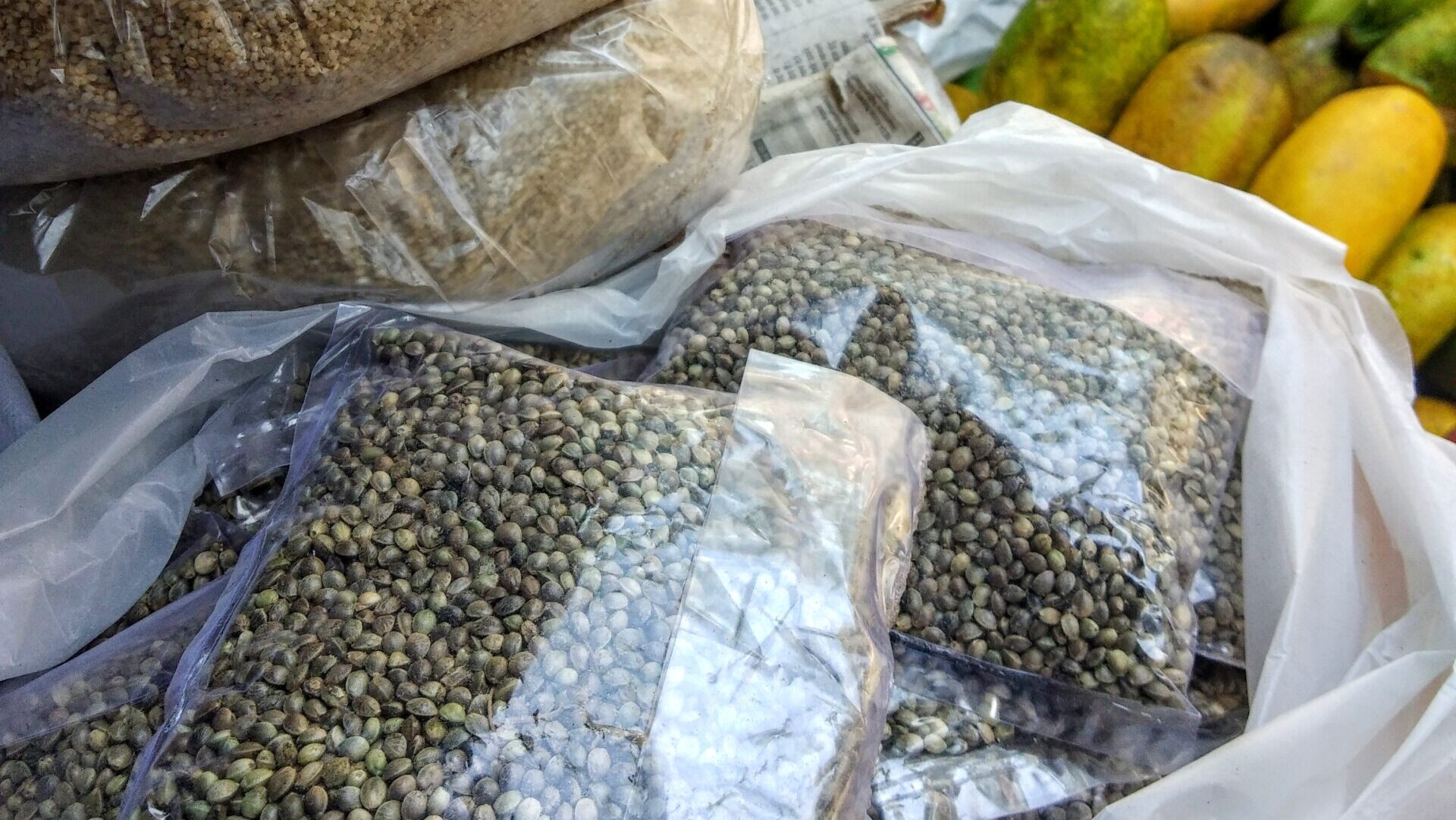Throughout India and Southeast Asia, indigenous farmers continue to grow cannabis and make hashish using methods passed down for untold generations.
Attempts to locate, preserve, and proliferate these strains date back decades.
Over the past five years a grassroots, locally-led, globally crowdsourced effort has emerged to help defend and support these local cannabis-growing communities.
It wasn’t until I entered college that I had a little more exposure because I met people from different regions with different cultures and experiences.
I started smoking with people from Himachal Pradesh, which is a Highland region.
There, for the first time, I saw indigenous people using very traditional techniques to maintain their crops and domesticate them.
As I learned more about these communities, I began to think we should be documenting and preserving this way of life because these remote regions are changing rapidly.
At harvest time, you also see a lot of people sitting on their porches rubbing down the plants to make hashish, which is basically the crudest form of extraction.
Those police are also from the same area, so basically they understand that these people are not committing any violent crime or anything like that.
Being there made me want to visit all of these kinds of places, meet the people, try to understand their culture, and then educate others about it.
That’s how the Indian Landrace Exchange developed in an organic way into a grassroots effort of close to a hundred people that has taken on a life of its own.
They have to relinquish it all to organized, underground groups that control the distribution to major markets, where they can get a good price for it.
No matter what indigenous community you visit, they’re all struggling—despite how much they’re growing.
Chaudhary: A cannabis varietal which has adapted to one specific locale over time could be classified as a landrace cannabis variety, although there are many different ways to further sub-categorize it depending on how it has been developed.
Then we make sure a fair share of the revenue generated by selling these seeds goes back to those farmers.
What we do is create small collectives amongst the indigenous farmers.
And what that does is not only help financially liberate people, it also assures them that—should anything happen to their crops—they must still save these seeds.
Chaudhary: In the town of Mastung, in Pakistan’s province of Balochistan, we worked with a grower who had a water crisis in a dry place where you have to dig a thousand feet down to reach ground water.
Chaudhary: All of the information we have about the genetics we collect and preserve is available free on our website.
Whether you’re an American grower or a European grower, my first suggestion would be to visit my Instagram feed and educate yourself about different genetics from different regions.
